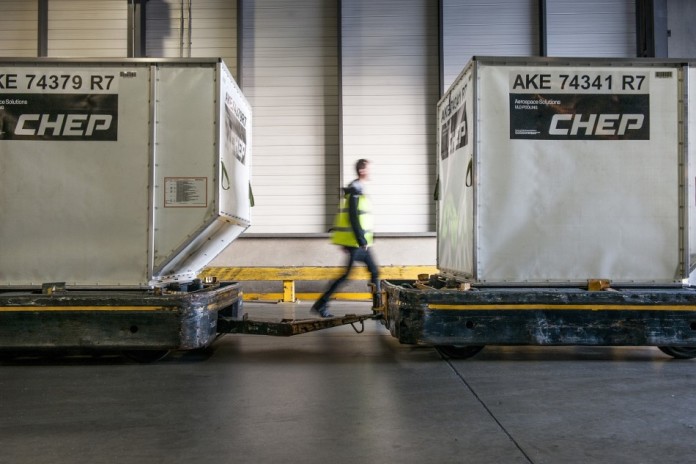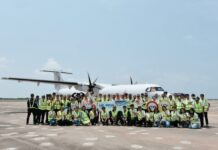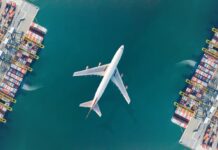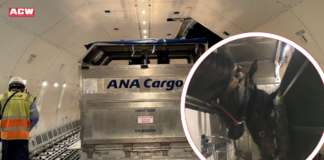

ULD Care hopes it can improve unit load device (ULD) safety by communicating, communicating and communicating some more, president Urs Wiesendanger and vice president Bob Rogers tells ACW staff writer James Muir.
The organisation has the vision of making sure ULDs are handled, stored, transported and used correctly. It is communicating through a number of means such as publications, industry meetings and its website. ULD Care will be publishing an industry guide to ULDs, “ULD Explained”, launch a ULD Code of Conduct, and develop on-line “job aids” for ULD operations.
Rogers and Wiesendanger say: “The Mission of ULD Care is to use the collective resources, skills and grass roots experience of the ULD Care membership to provide direction and deliver appropriate change in ULD operations throughout the global air cargo operating environment.”
ULD Care launched its SOS ULD Campaign in 2015, as it felt that it needed a better communications tool, as a website and newsletter was not enough.
Wiesendanger and Rogers say: “Our PR adviser proposed a video and we jumped at the idea. Given that we have very limited resources (most of our members have demanding ‘day jobs’) being able to leverage our message has been a huge step forward. It has also ‘professionalised’ ULD Care.”
ULD Care’s aim is to drive better understanding and treatment of ULDs, and they say they are making progress though comment: “We still have a long way to go but there is an ever greater awareness of consequences, both safety and economic of substandard ULD handling and operations.”
ULDs are more than a box, they are a piece of aircraft equipment. Wiesendanger and Rogers say: “When you build up a ULD in a cargo terminal or baggage hall you are in fact ‘advance loading the aircraft’ so the condition of the equipment and manner in which the build-up is carried out is not only regulated but also a component of flight safety.”
They say in the aftermath of Fine Air Flight 101 in 1997 and National Air Cargo Flight 202 in 2012, both caused by improperly loaded cargo, “the FAA in particular is more than aware that air cargo operations are not meeting regulatory expectations and that it needs a great deal of attention if more such accidents, caused by sub-standard cargo loading, are to be prevented”.
About $300 million a year is spent on repairing ULDs, with at least 90 per cent of this caused by unnecessary damage, with unknown amounts of damage to aircraft holds and cargo loading systems. ULD Care chiefs ask: “The airline industry needs to be able to operate fleets of lightweight ULD in a damage free environment. Is this too much to ask?”













